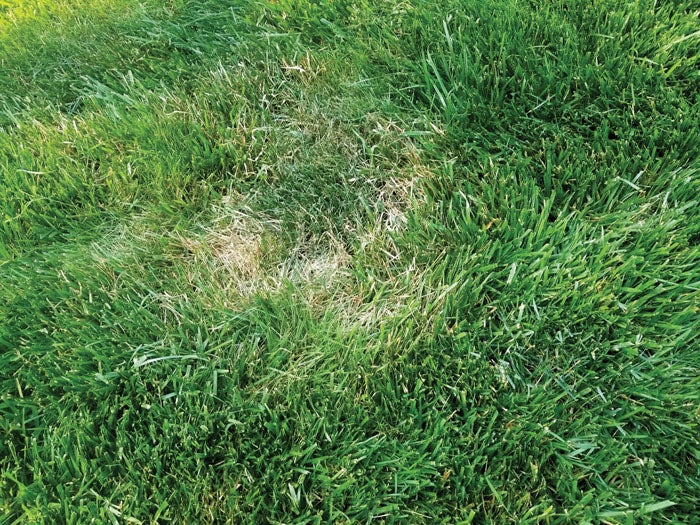Some helpful tips as mowing season is upon us
Published 12:00 am Sunday, April 11, 2021

- Dull mower blades produce jagged edges making grass susceptible to fungal disease.
Mowing our cool-season lawns is now one of our regular outdoor maintenance tasks. Warm spring weather is promoting rapid growth of cool season fescue. Many lawns still look a little ragged with winter weeds starting to decline. However, these weeds will soon disappear. Mowing mistakes can turn a lawn with potential to a disaster if not corrected. Below are a few early spring cool season fescue mistakes.
Dull blades. Dull blades can make beautiful lawn ugly and sharp blades can make a fair lawn look great. The majority of homeowners never sharpen their mower blades. Lawn mower blades need to be sharpened on a regular basis during the summer to produce the best quality lawn. Dull blades leave jagged cuts on the freshly cut tips of grass providing a natural opening for fungal disease problems.
Improper mowing height. Many homeowners often mow fescue lawns too close. Three and half inches are normal for cool fescue lawns. Some mow fescue as close as 2 inches. Fescue lawns often die completely when mowed this close, especially during a hot, dry or even wet summer. Correct mowing height allows greater root penetration for the cool-season grass reducing heat and drought stress. Raising the blade also reduces the weed growth. Taller turf blades shade weed seeds, reducing germination of many weed seeds.
Core aeration. Spring is generally not the time to core aerate cool season fescue lawns. Coring now increases incidence of weed growth. Core aeration is generally done in the fall with over-seeding.
Inconsistent maintenance. Fescue lawns respond best to consistent maintenance in the spring and fall. If there is one aspect of lawn care that will make your lawn look best is consistent care, especially fertilization and weed control. Those that chose not to be consistent will have poor lawns.
Irrigation. One to two inches of water a week in most instances is sufficient for fescue lawns. Shallow watering or over-watering presents a problem. Watering at night can initiate fungal disease problems.
Poor weed control. Most homeowners get confused trying to use herbicides for weed control. Lawn herbicides are formulated to kill broadleaf weeds such as chickweed, henbit, wild garlic and dandelion. Broadleaf herbicides often contain a mixtures of 2,4-D, dicamba, and MCPP. These herbicides are designed to kill broadleaf weeds without killing the grass. Herbicides need to be applied now to avoid drift which occurs often in hot, humid weather.
Be patient. It takes time for fescue to become established. It takes time for the lawns to become thick and healthy. Fescue and fescue/bluegrass blends are cool-season lawns that grow best in fall and winter and in early spring. Fescue grows poorly in hot weather, especially above 88 degrees. Unseasonably hot weather, too much rain, insect and disease problems create a multitude of problems that take time and a bit of patience to overcome.
Darrell Blackwelder is the retired horticulture agent and director with the North Carolina Cooperative Extension Service in Rowan County. Contact him at deblackw@ncsu.edu .






